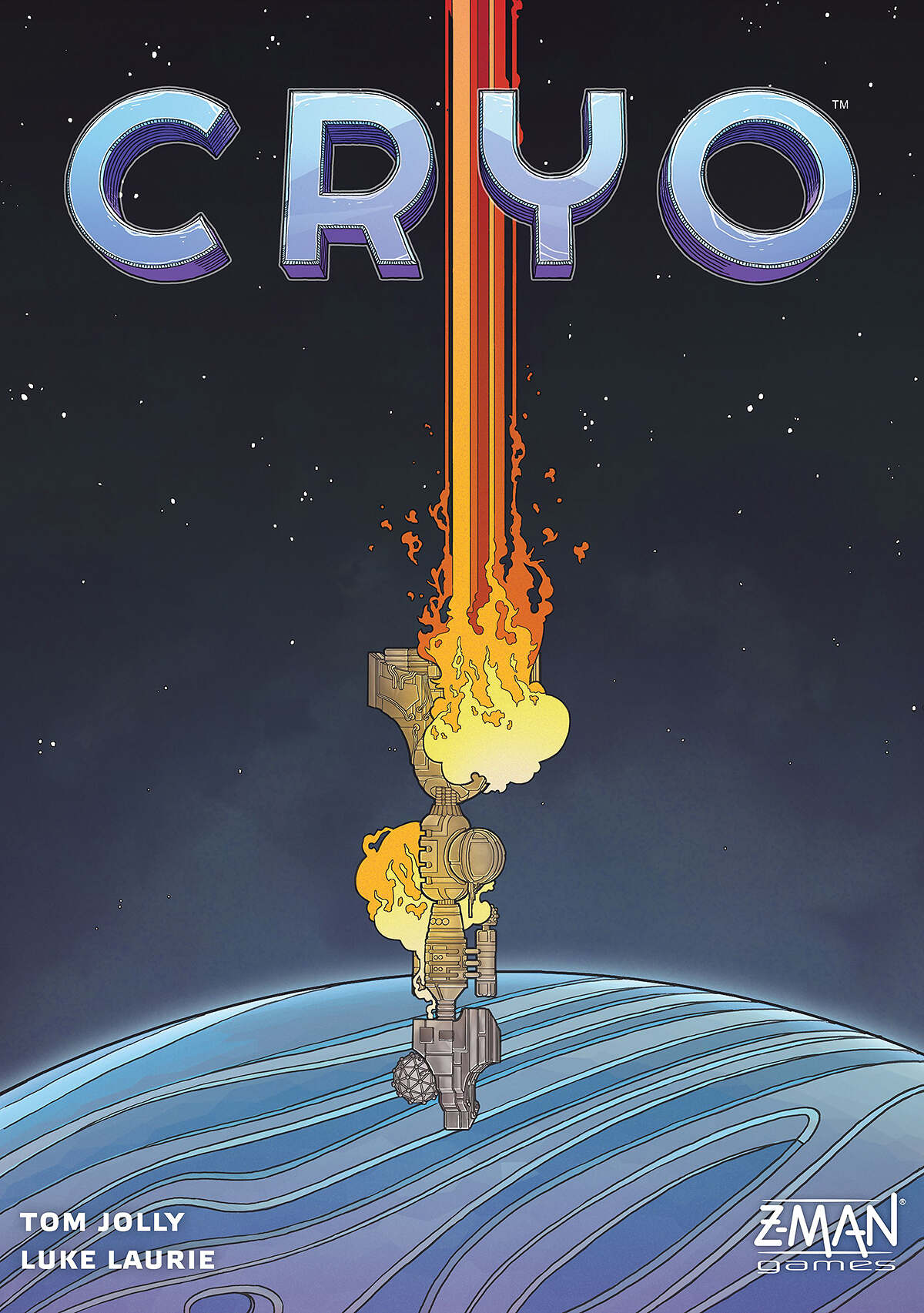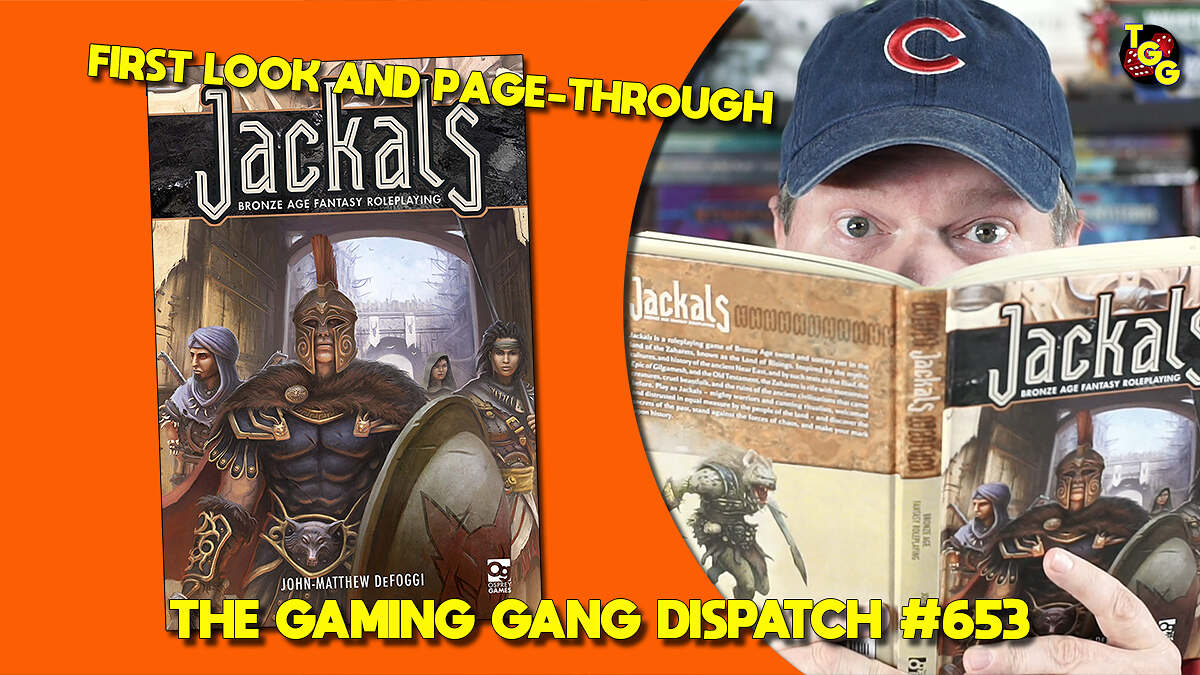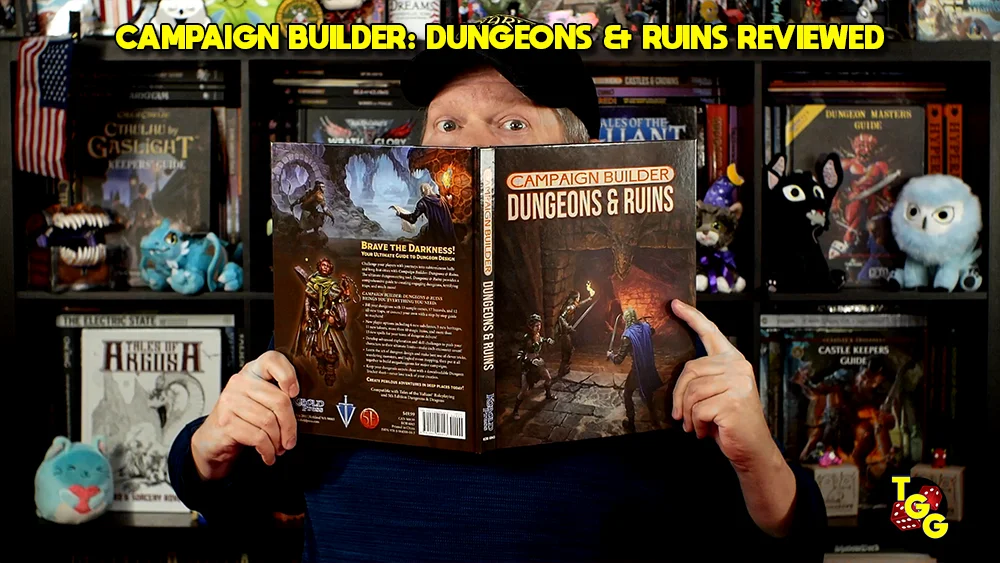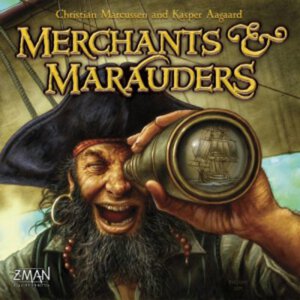
Publisher: Z-Man Games
Designers: Christian Marcussen and Kasper Aagaard
Year: 2010
Players: Two to Four Players
Ages: 13+
Playing Time: 120 to 180 minutes
Retail Price: $65.00
Category: Eurostyle game of traders and brigands on the High Seas in the Age of Piracy
Contents:
Game board
26 plastic miniature ships (5 different ship types)
Over 250 cards (including 16 unique captains)
Over 190 die cut tokens
4 Die cut treasure chests
4 Player mats
Rules
On July 12th, 1726 the people in the British colony of Boston Massachusetts witnessed a historic event which they could not truly appreciate. The pirate William Fly and his crew were hanged and their bodies gibbeted or left to rot on the wharf as a warning to others not to adopt his pirate ways. The warning seems to have worked as Fly’s execution is seen by many as the end of what we call the “Golden Age of Piracy.”
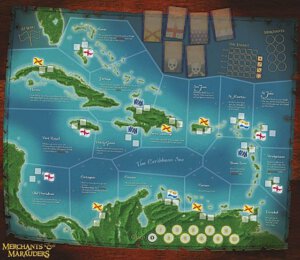
However, when we think of piracy our hearts and minds go back to the Golden Age of Piracy, a period during the 17th and 18th century when brigands sailed the Caribbean and Indian Oceans, plundering ships and selling the loot in pirate havens such as Tortuga.
This Golden Age has its own roots in the struggle for dominance of the New World between the great power of Spain and upstarts like England and France. Seeing as fleets were expensive to maintain, the French and English would hire and license freelancers to raid enemy merchants to deprive the enemy of goods while helping fill the royal coffers (and providing a nice bounty for the privateer captains themselves). This system lasted into the 19th century; in fact one of the decisive factors in England’s suing for peace with the Americans during the War of 1812 was the astronomical fees Lloyds of London was demanding to insure ships against American privateers. The infamous Captain William Kidd himself was financially backed by British politicians hoping to make a profit off the looting of French ships in the Indian Ocean.
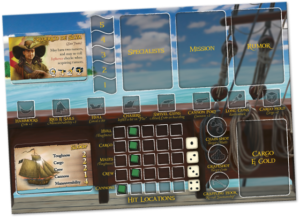
The game itself seems to have been greatly inspired by the computer game Sid Meier’s Pirates which seems to have been itself inspired by an older Avalon Hill game, Blackbeard – since republished by GMT. This is a story which might seem familiar to fans of the Civilization board game.
In Merchants and Marauders each player has the goal of collecting ten Glory Points. These points can be collected mostly by selling cargo, raiding merchant ships, attacking other players or checking out rumors. Thus the first choice facing each player is whether you want to start out as a merchant or a marauder. The decision is made somewhat easier as you start out with an individual captain whose skills make him (or her) better at raiding or at trading. However a word of caution: just as in history once you have crossed over to the dark side of piracy it is quite difficult to regain respectability.
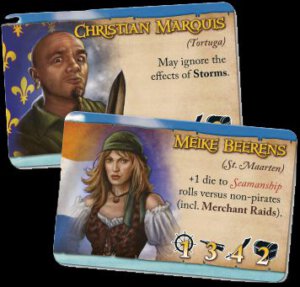
Each player then takes three actions by sailing one sea zone, scouting for merchants or other players or doing business in one of the ports. In port players can buy and sell goods, recruit new crew members, buy and sell ships and ship modification as well as pick up rumors and special missions. Players can also store gold in a secret stash. Each ten gold pieces in their stash count as one glory point and since the stash is secret you cannot be sure how close your opponents may be to victory.
Once all players have taken their three actions, a new turn begins with a new Event Phase.
Merchants and Marauders offers a number of interesting tactical and strategic options for each player. While your captain may nudge you toward one path or another as previously mentioned becoming a pirate tends to be a one way path. Interestingly enough, many historians today attribute the prevalence of piracy during this period to a surplus of merchant sailors who discovered that they could achieve a much higher quality of life as brigands than they could possibly achieve as honest sailors.
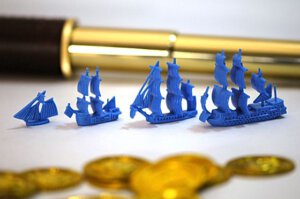
Basically I felt the game has a nice balance between the two paths although many online claim the game balance tilts toward the trading route. Those who agree can easily find home-brew balancing mechanisms online at boardgamegeek.com.
The game components are first class, from the beautiful map to the excellent plastic ships. The cards are small yet functional and sturdy and the graphic design is intuitive. I have a couple design issues with card play – there was no space for discards which made the card play a bit messy and playing the mission cards to the map made the board more difficult to use.
I also have a few rather nitpicking complaints with the gameplay – I would have liked for them to use at least some of the more famous real life pirates as captains instead of all fictional ones, and I would have loved a mechanism for capturing and sacking ports as one of the more profitable pirate ventures.
Overall I like the game very much and it has quickly become a family favorite; this is a title where the theme shines through – where the game design encourages you to act like a pirate while keeping the game mechanisms to a minimum.




